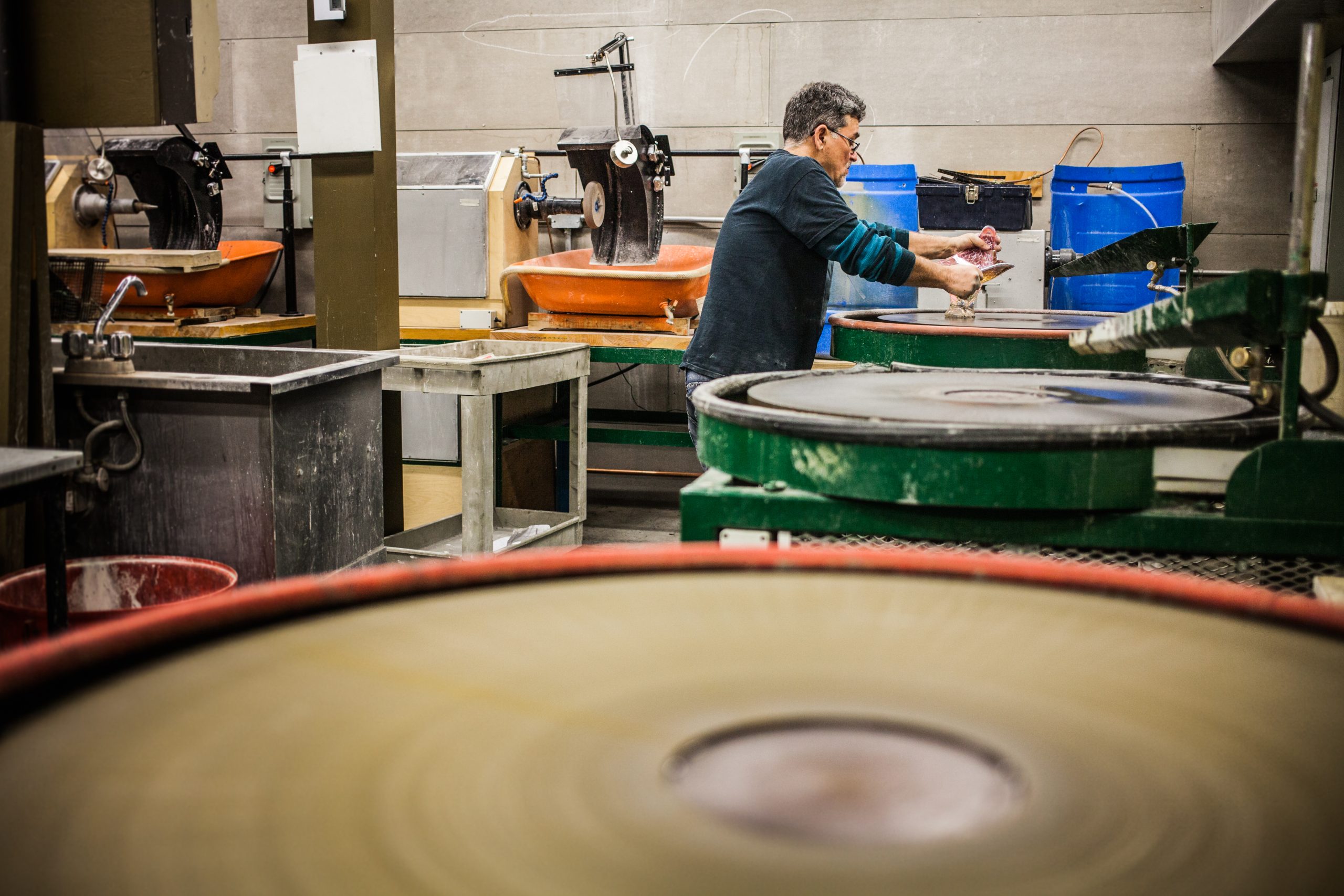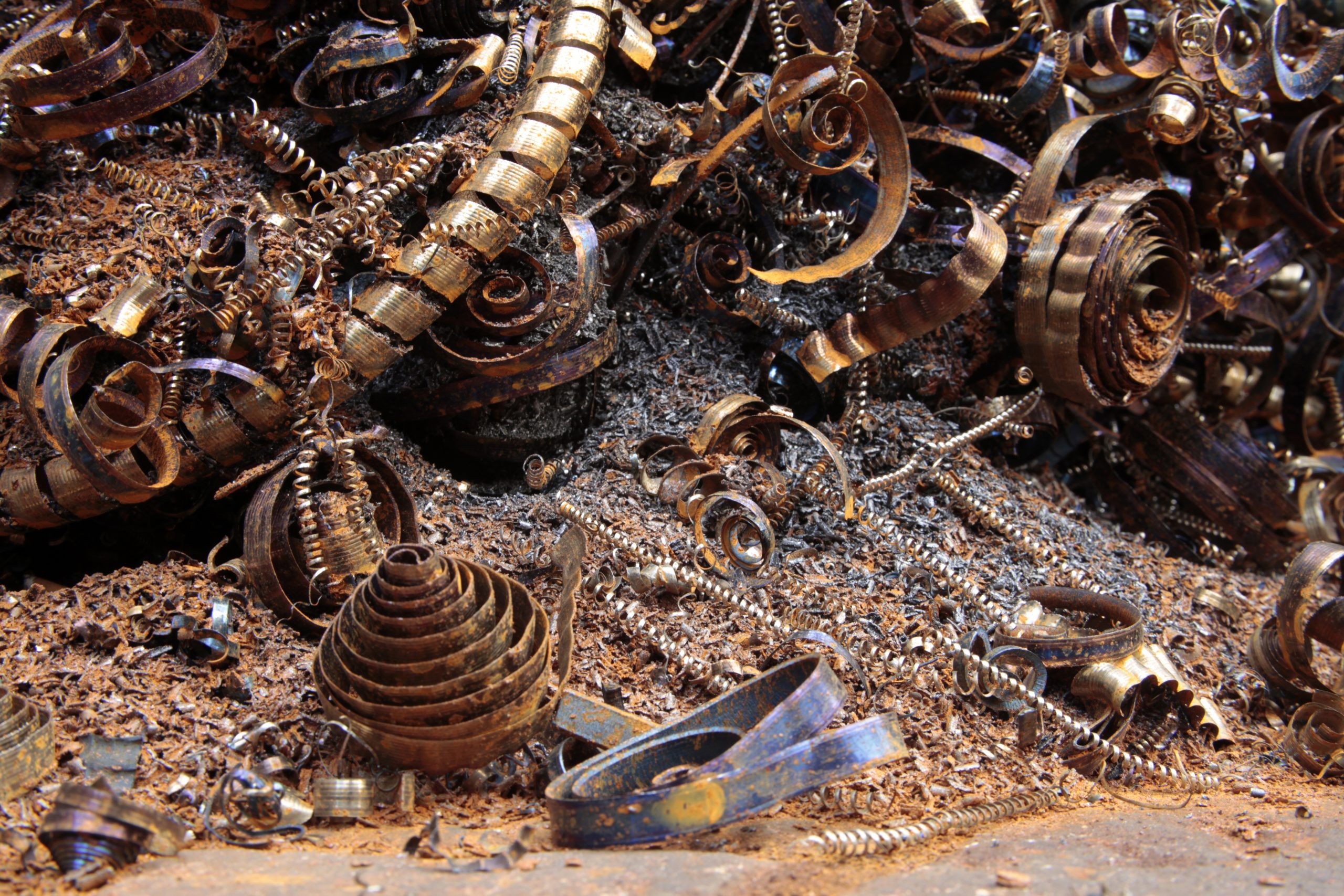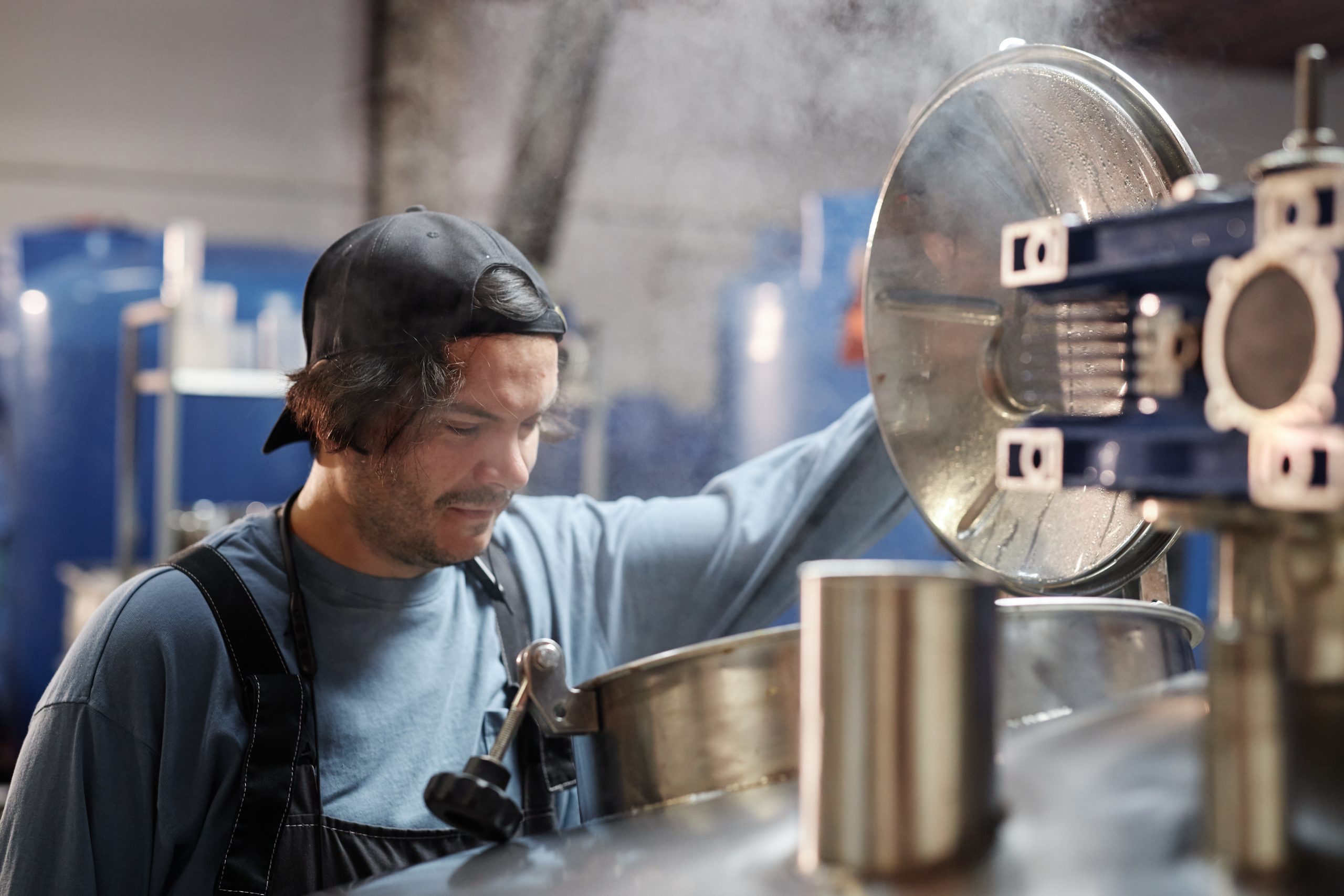
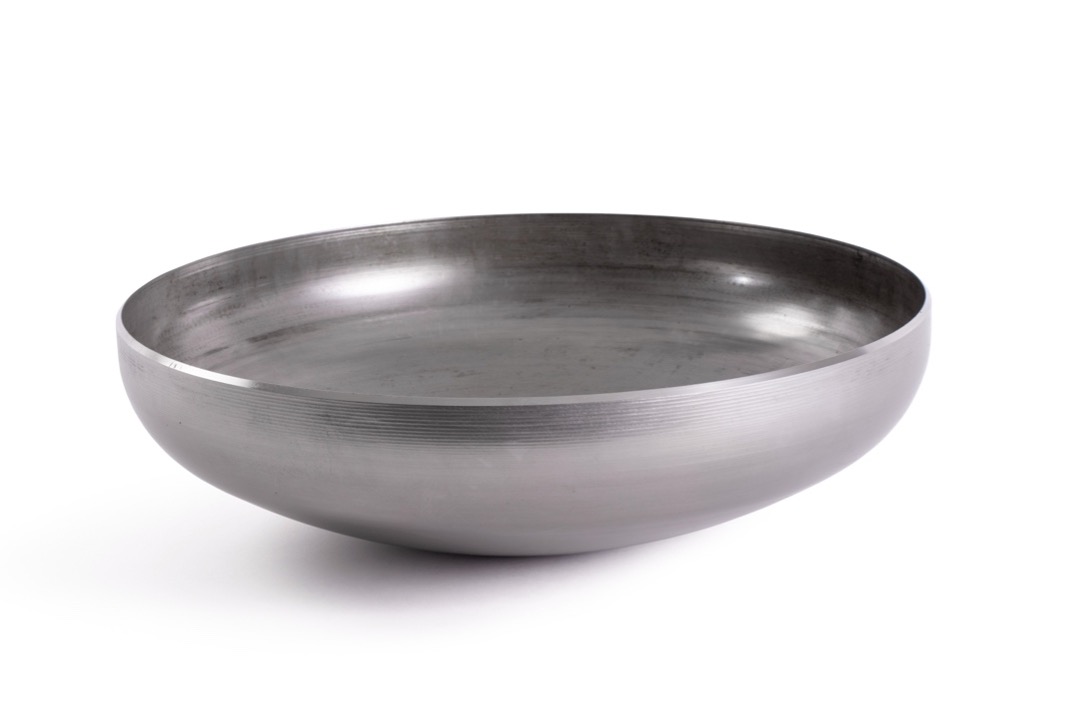
What function do dished ends serve?
Dished ends or heads are an important part of metal spinning and fabrication serving several functions in different contexts, especially pressure vessel design. In this guide, we’ll be exploring the function and purpose of dished ends to offer a greater understanding of what they are and when metal projects might require them.
First, what is a dished end?
Dished ends are caps that are welded to the main body of a pressure vessel. They can be created in different ways depending on the type of end that is needed for the project and also will need the properties that make it suitable for its application once completed.
The cap begins as a flat disc using the right type of material for the project requirements. Typically, the most common materials used in metal spinning a dished end are carbon steel and stainless steel. However, there are many other materials that can be used if they are better suited to how the finished product will be used.
What do dished ends do?
Dished ends can serve multiple purposes, below are some examples of their primary functions.
This is one of if not the main use of dished ends as they are commonly used as a closure on the end of pressure vessels. The curved shape they have once they have been spun allows for more even distribution of the pressure. As a result, the vessel is more structurally stable and less likely to become deformed or fail. For long term use in withstanding extreme pressure levels and keeping pressured products contained, a professionally manufactured dished end is the ideal solution.
Not only does the curved shape of a dished end help with distributing pressure, but it also adds additional strength and stability, which is particularly beneficial in increasing the vessel’s ability to withstand the internal pressures. The design also helps to prevent the vessel from buckling or collapsing under the pressure. Providing strength and stability to the pressure vessel is an extremely important function of dished ends.
The smooth curve of a dished end helps to balance the stress more evenly across the surface of the vessel. This reduces the risk of stress concentrations occurring at sharp corners or edges. The build-up of stress can cause pressure vessels to fail, so the dished shape of the metal ends is a key design element in ensuring they perform as efficiently as possible for the length of their lifespan.
In comparison to flat end caps, dished ends are more effective in increasing the internal volume of a pressure vessel. This means that there is more space for the liquids, gases, or any other materials to be stored in the vessel, fitting in a greater volume when needed.
As well as adding more volume, dished ends can also improve the fluid flow dynamics within a pressure vessel. Therefore, turbulence can be reduced to encourage a more efficient mixing and circulation of the liquid in the vessel. In cases where a chemical reaction needs to occur for example, this can be especially important in ensuring the process runs smoothly and the vessel is optimised for the best outcome.
Conclusion
As we have discussed, dished ends serve several vital functions to pressure vessels to maintain their efficiency and safety, no matter the industry or product they are holding. Tanfield Metal Spinners are experienced dished end manufacturers with the skills and expertise to create dished ends to suit a wide range of project and application requirements.
Whether you’re looking for a tank dished end, an ellipsoidal shape or any other type of dished end, our team are on hand to help. Contact us today to discuss your needs, you can get in touch with us by email at talktoanexpert@metal-spinners.com or by phone on 0191 4193377.

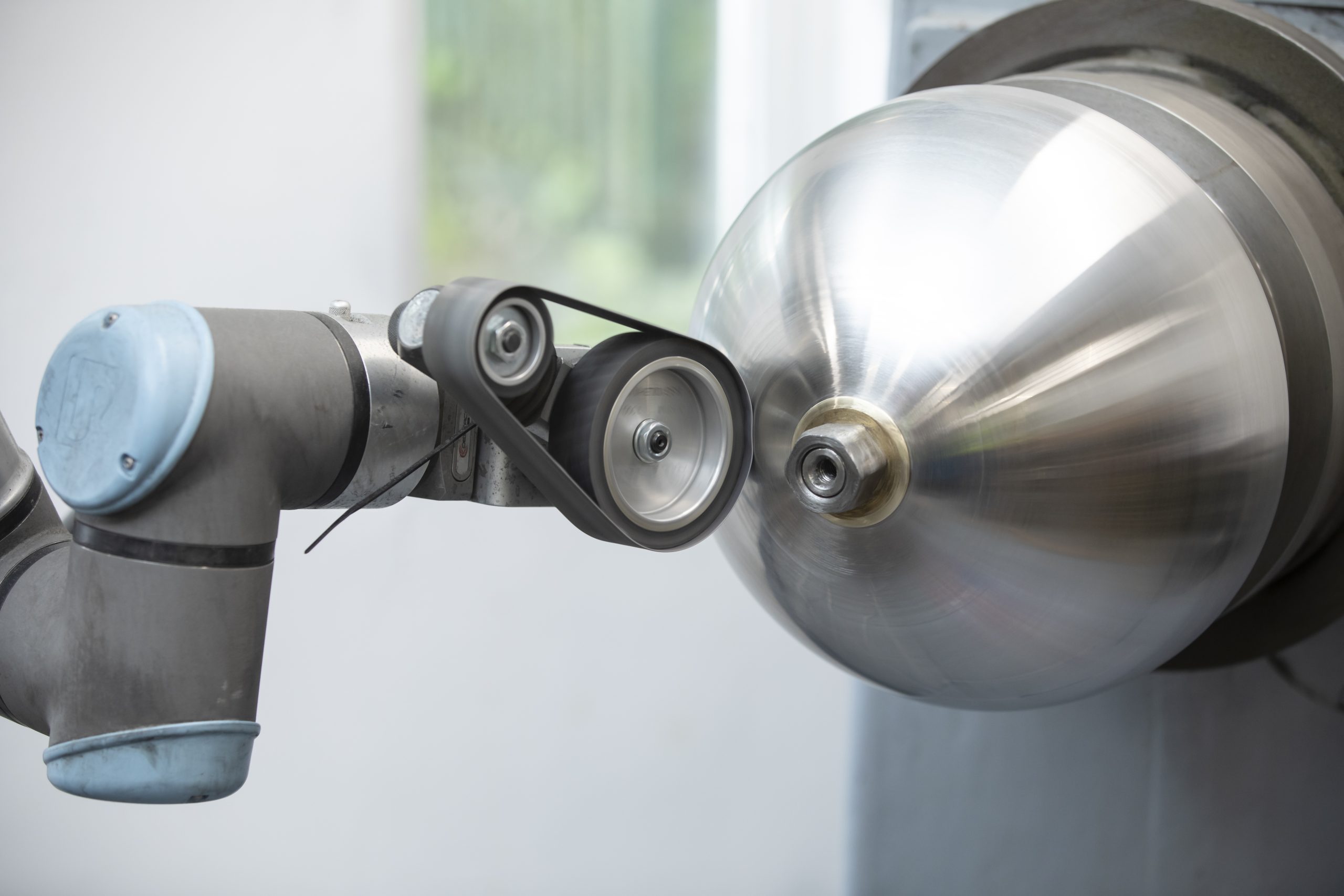 Metal Spinning
Metal Spinning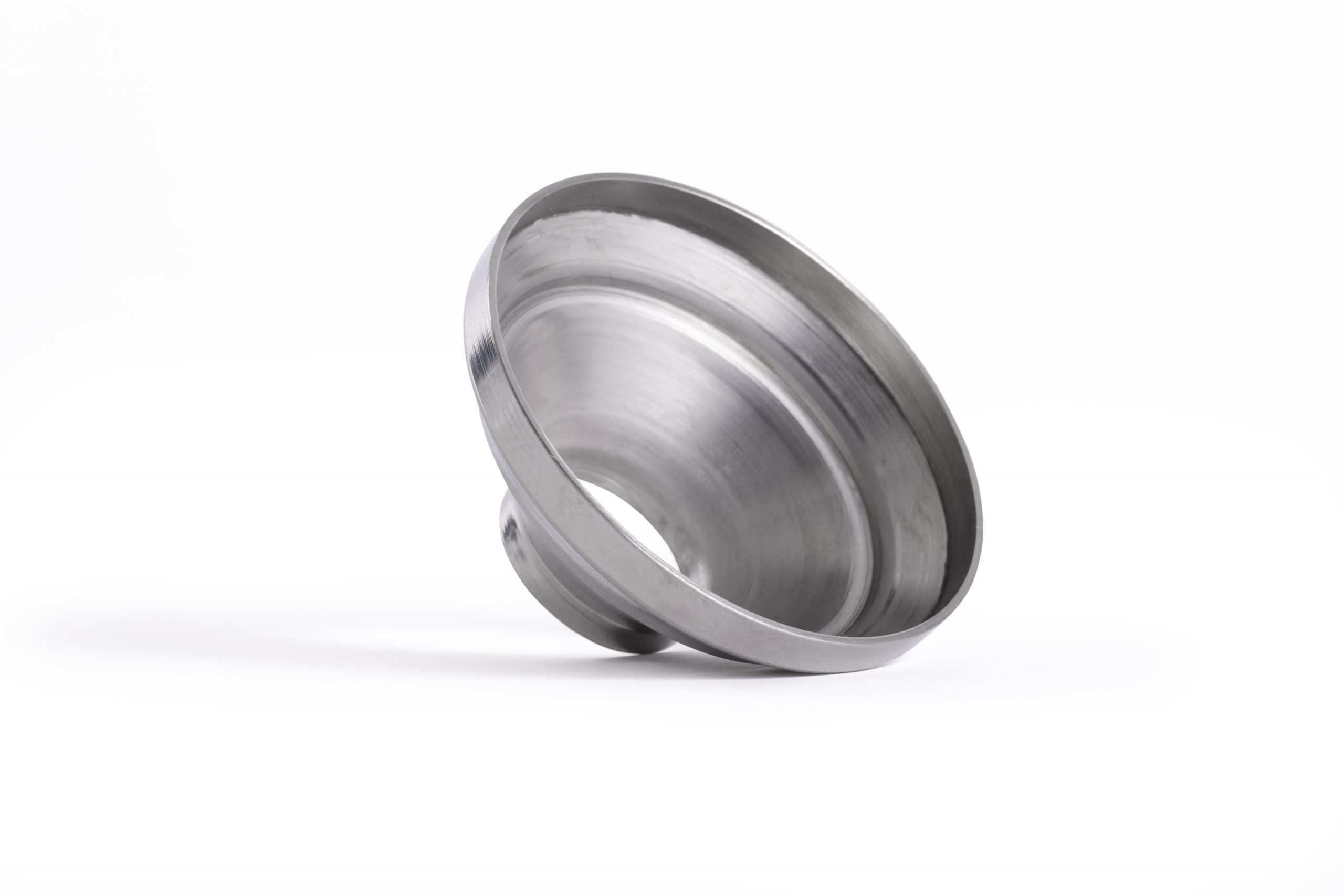 Bespoke Metal Spinning
Bespoke Metal Spinning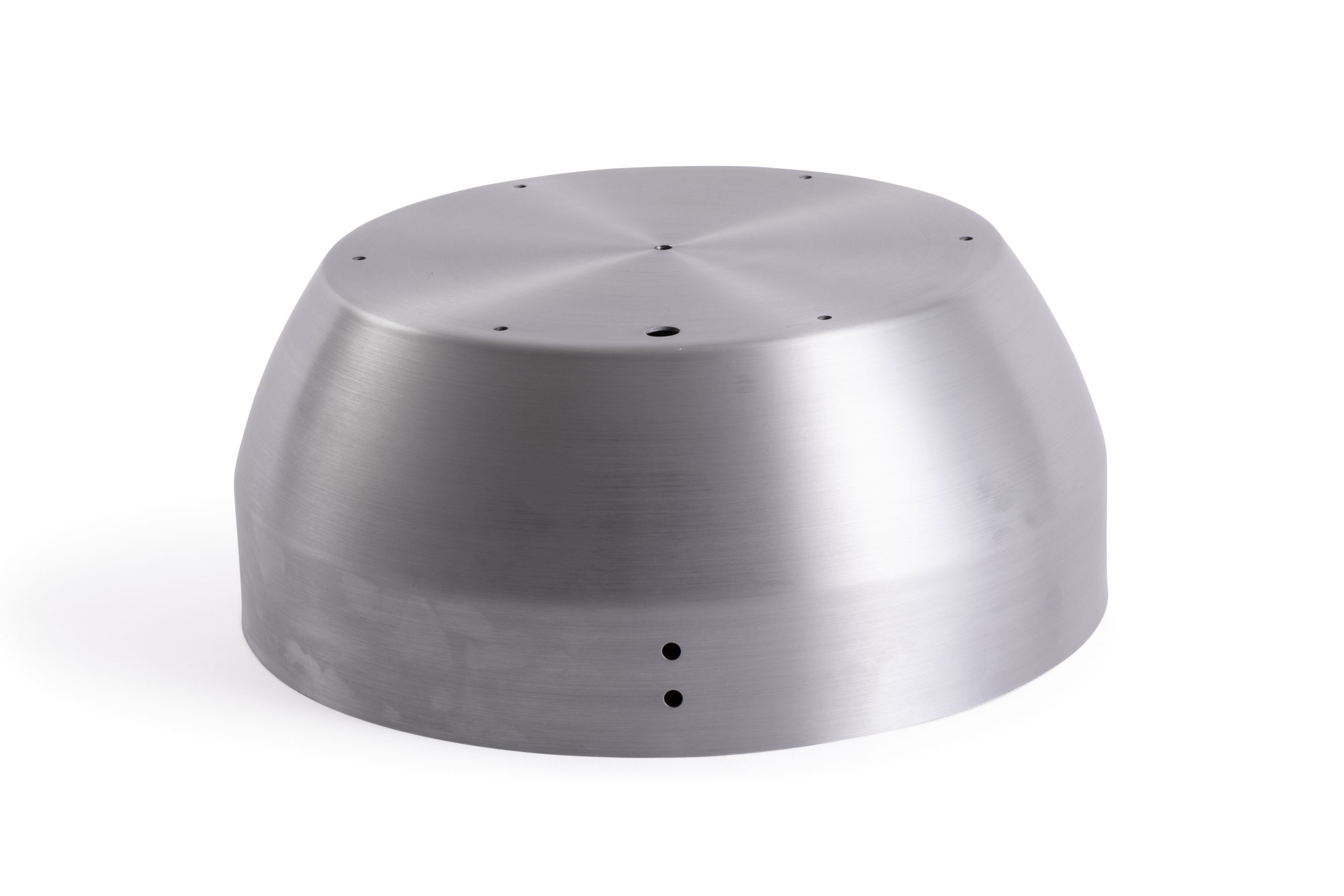 Metal Polishing
Metal Polishing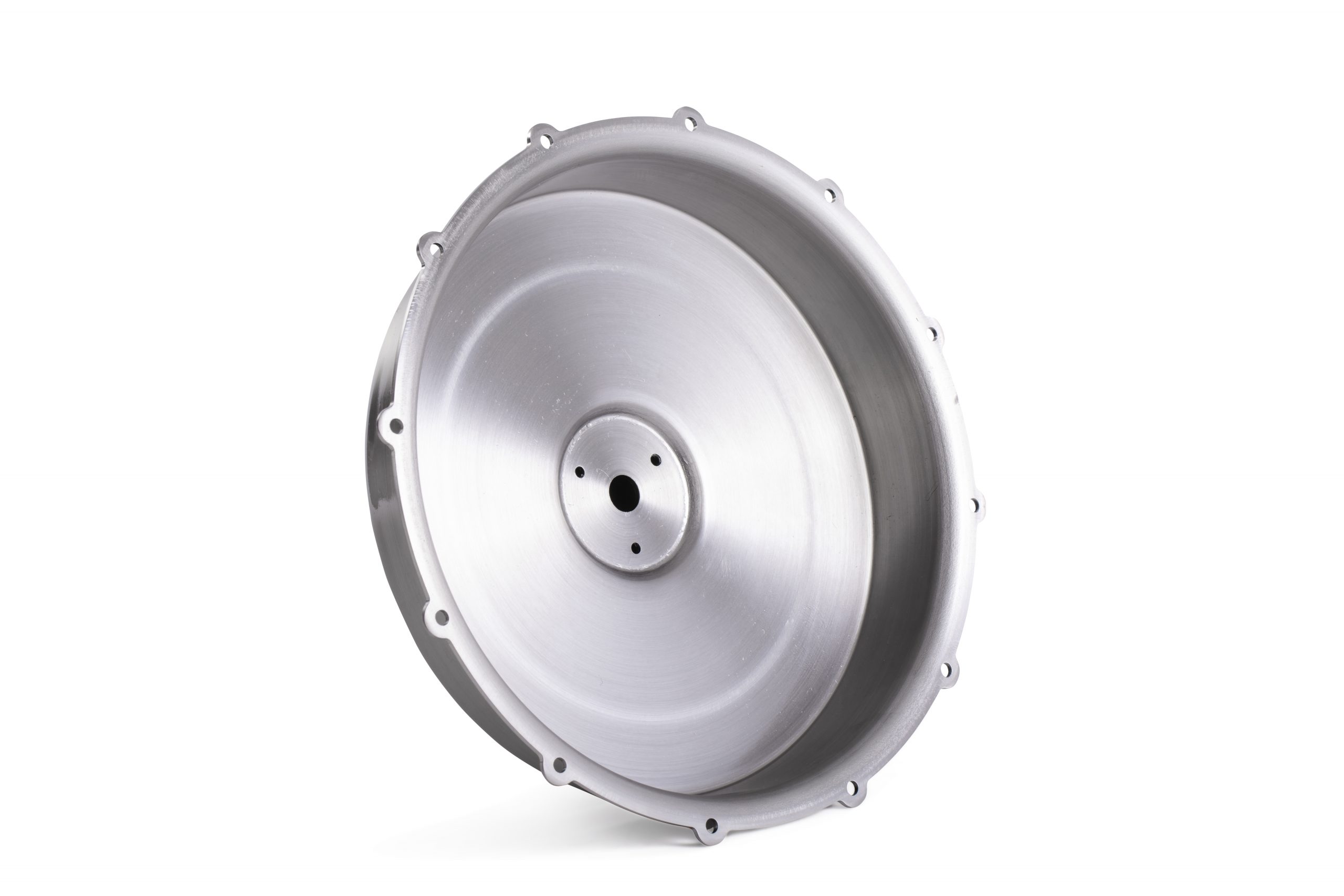 Machining
Machining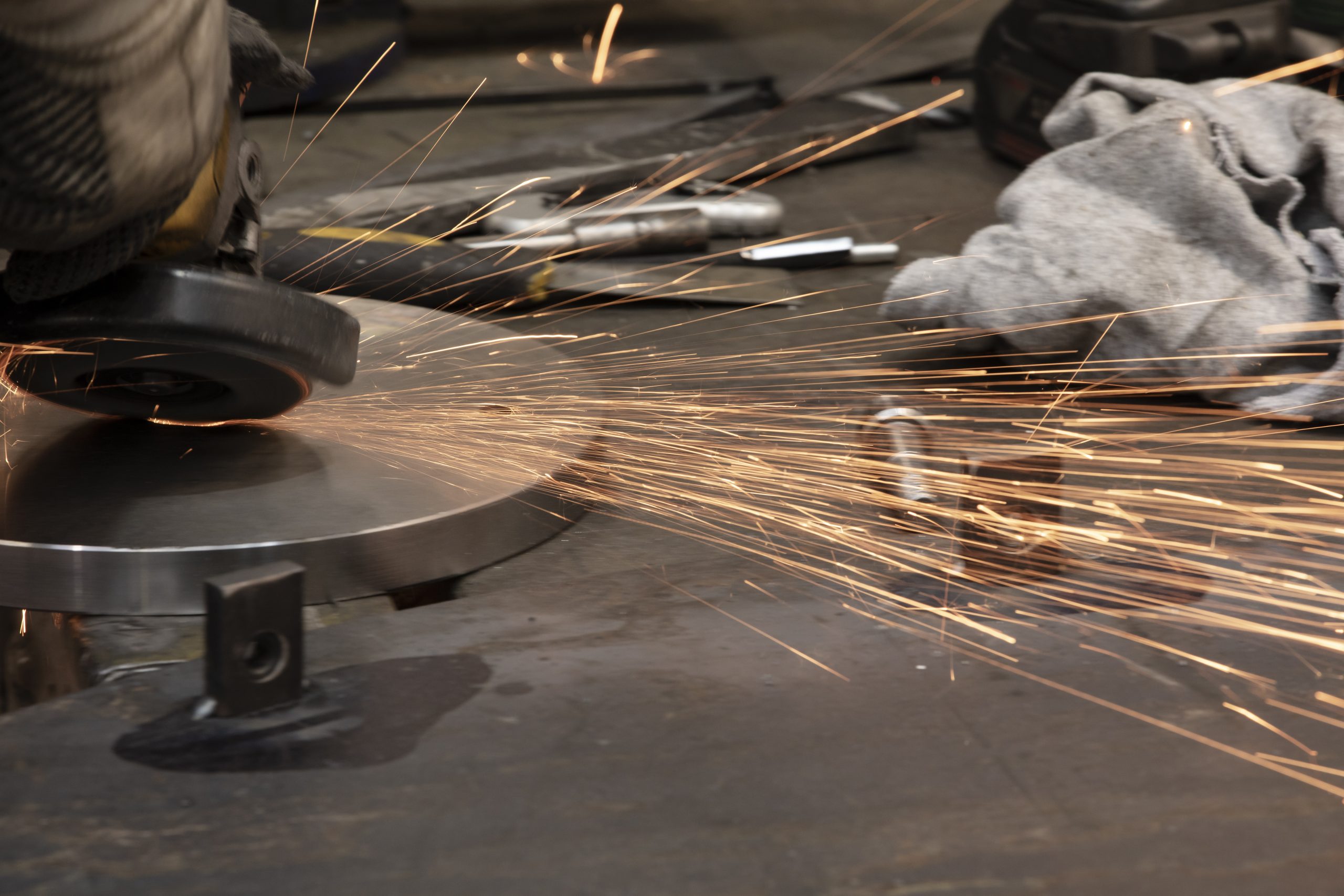 Metal Pressing
Metal Pressing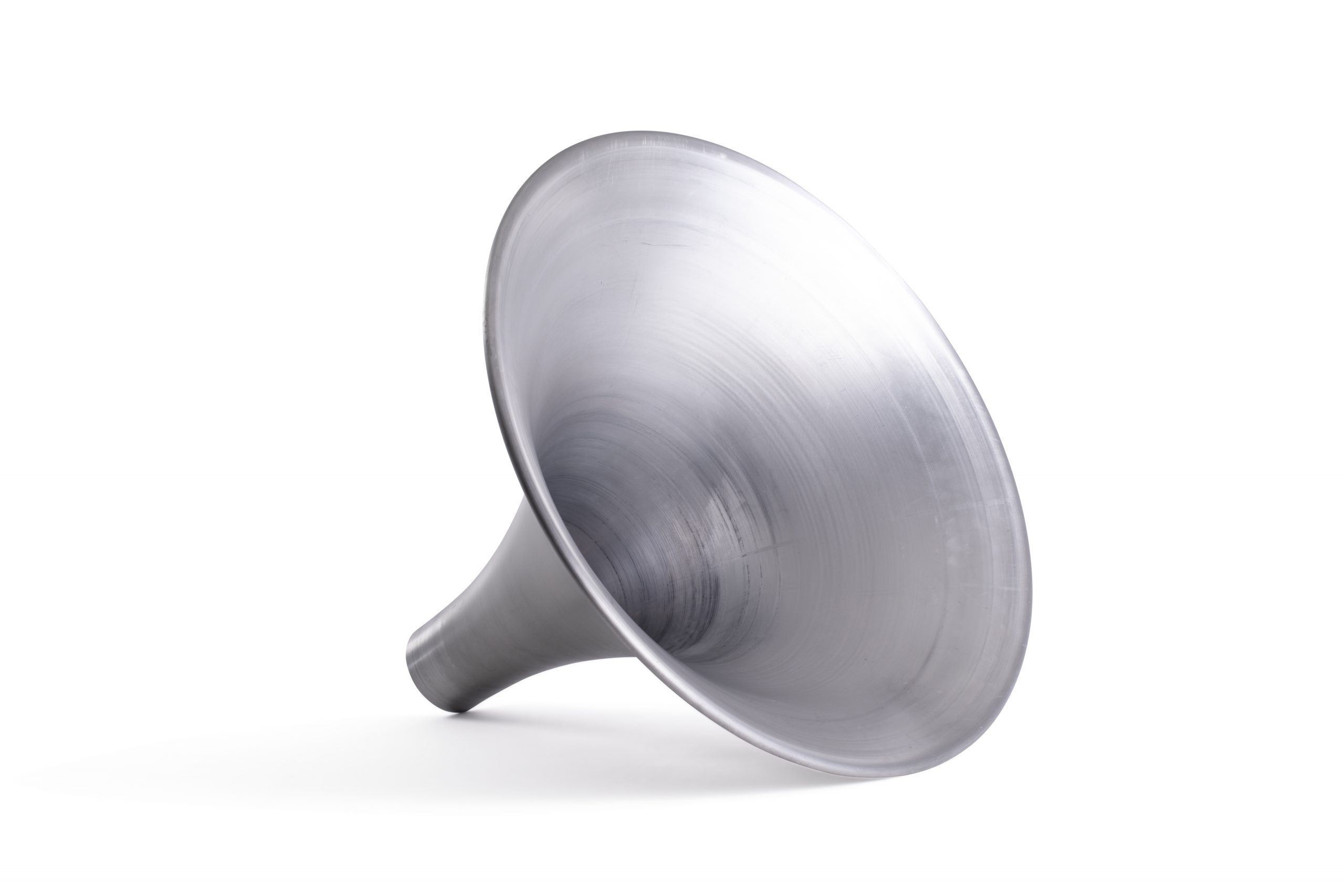 Metal Swaging
Metal Swaging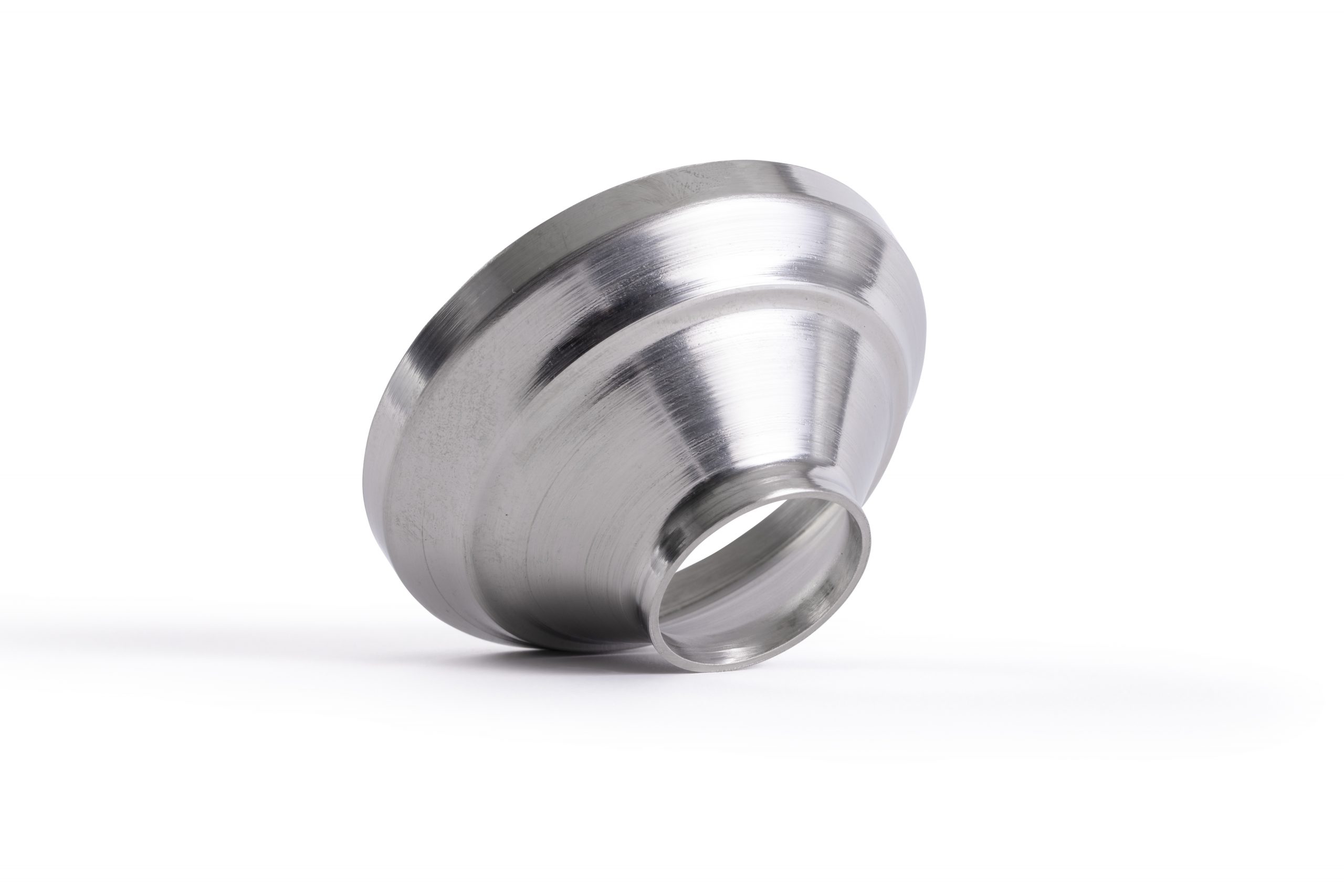 Metal Fabrication & Welding
Metal Fabrication & Welding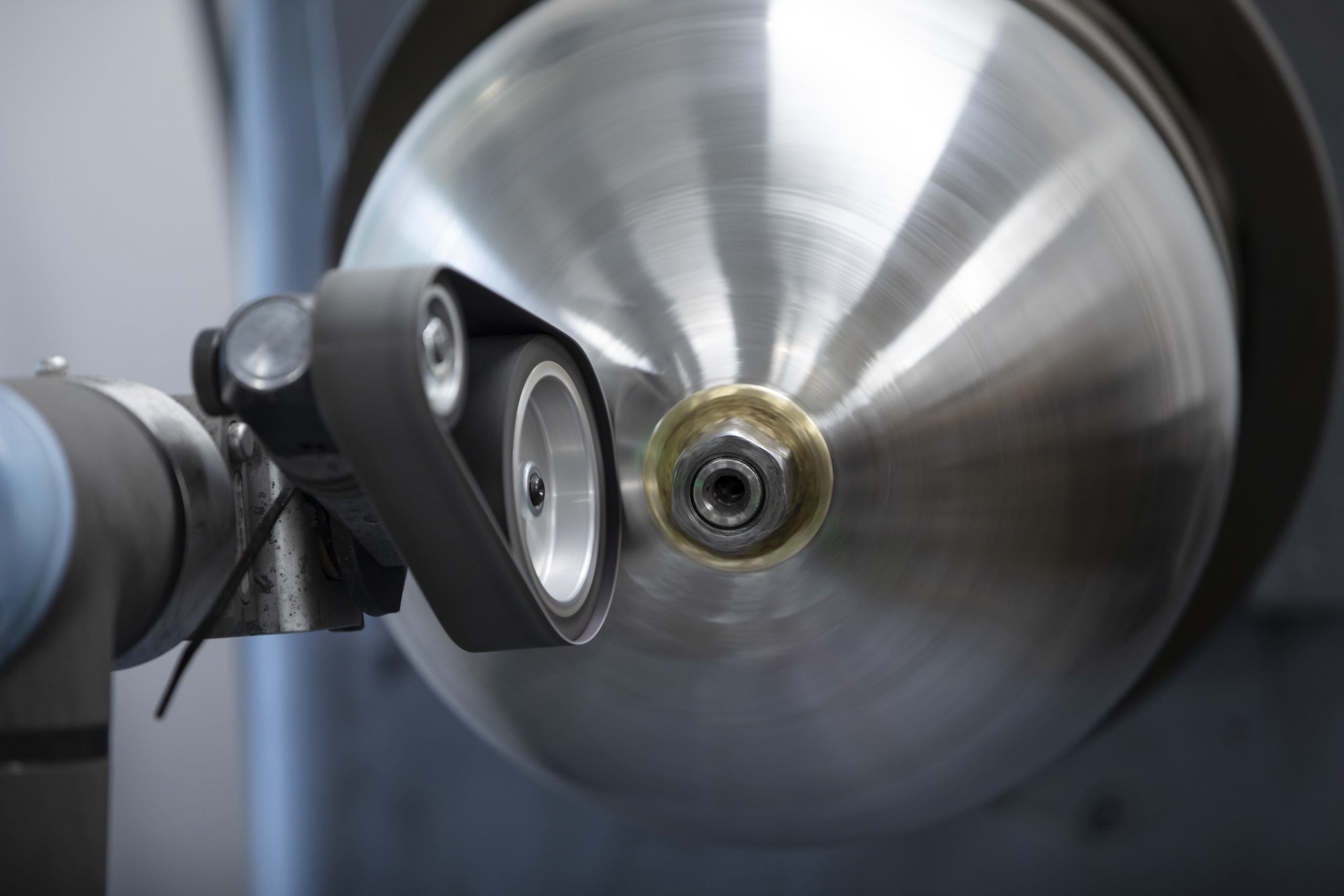 Precision Engineering
Precision Engineering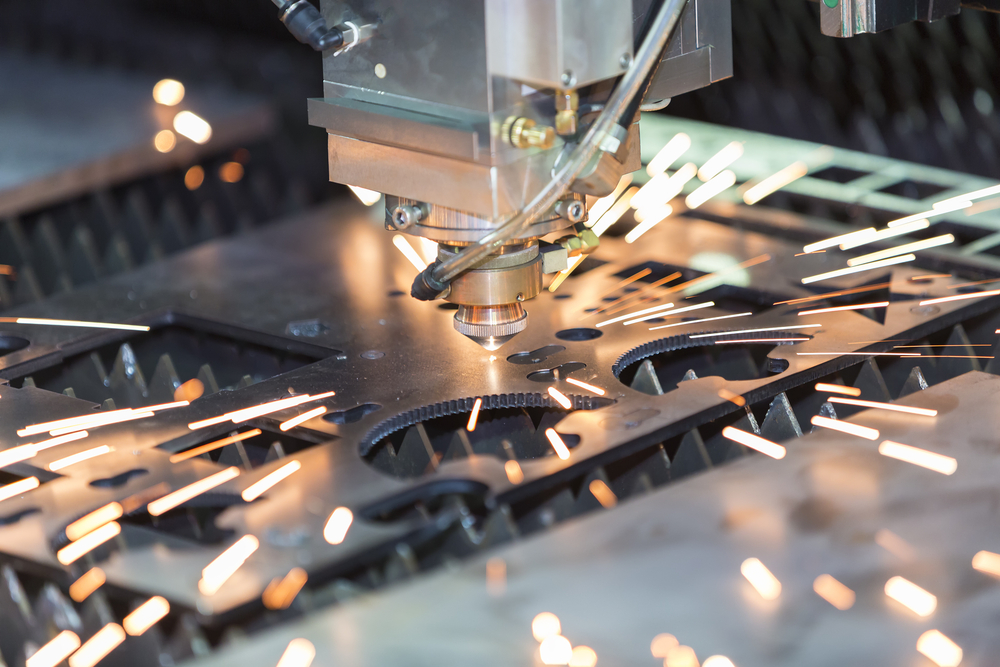 Laser Cutting
Laser Cutting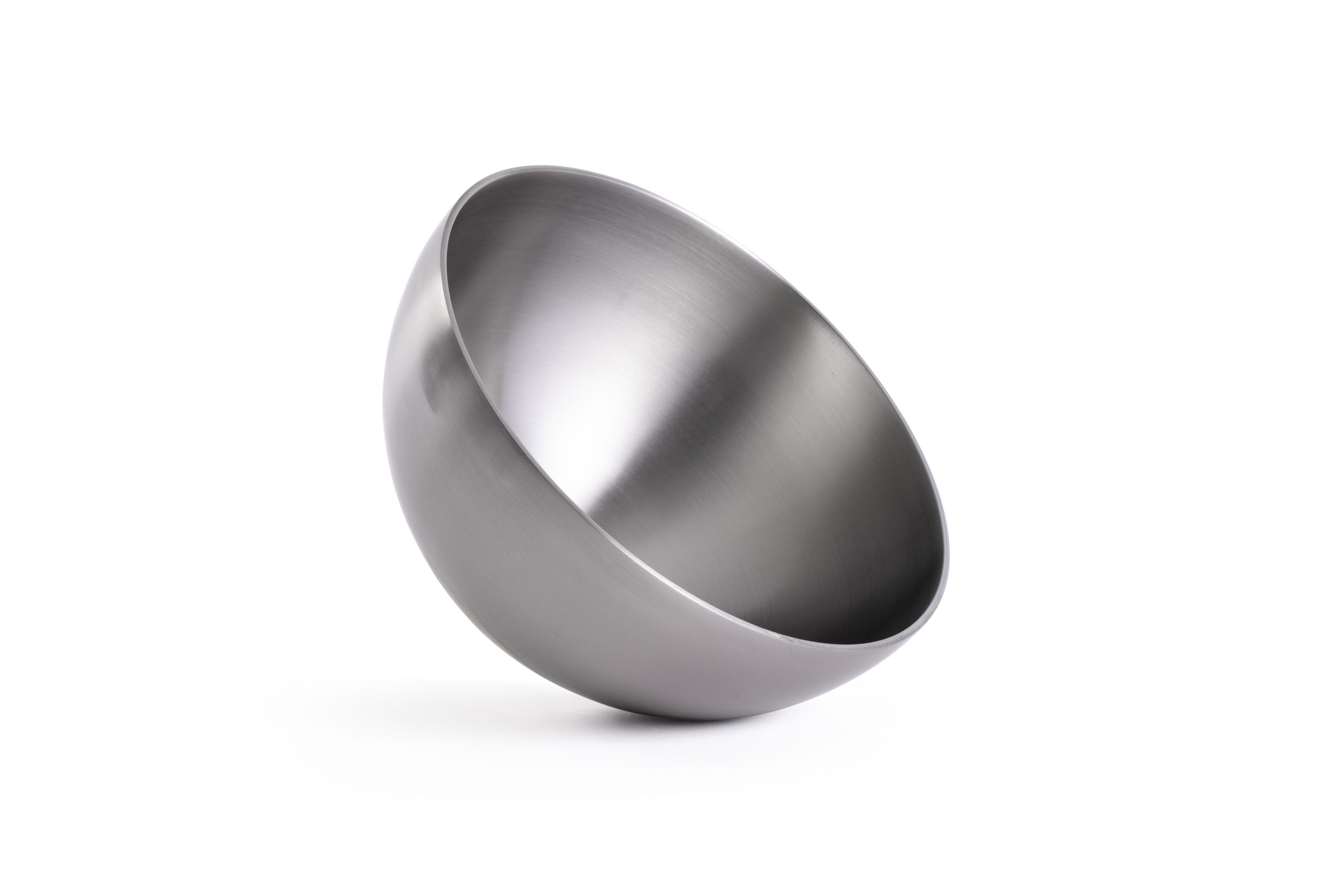 Inspection and Quality
Inspection and Quality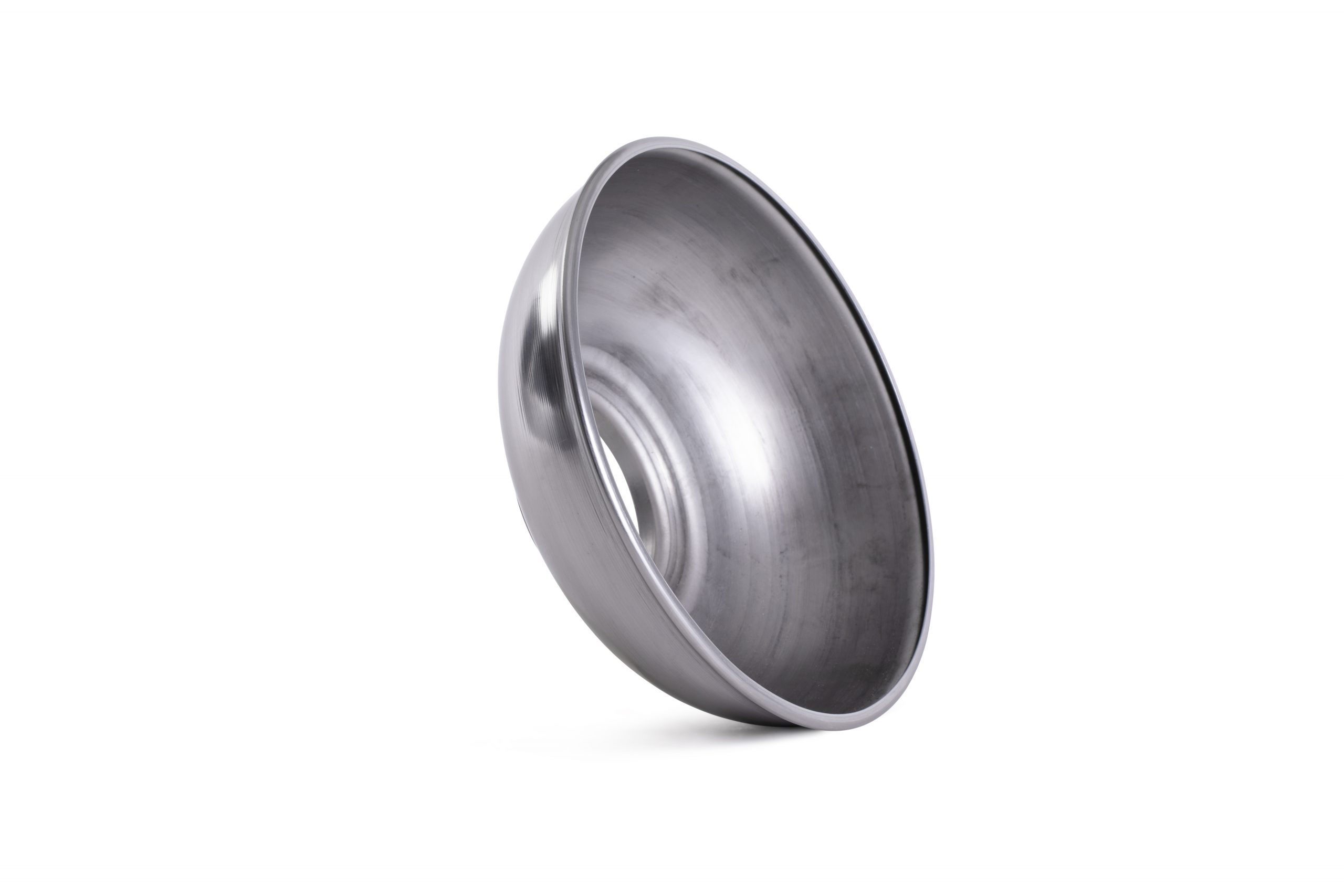 Anodising, Electropolishing and Pickling & Passivating
Anodising, Electropolishing and Pickling & Passivating Agriculture
Agriculture Automotive
Automotive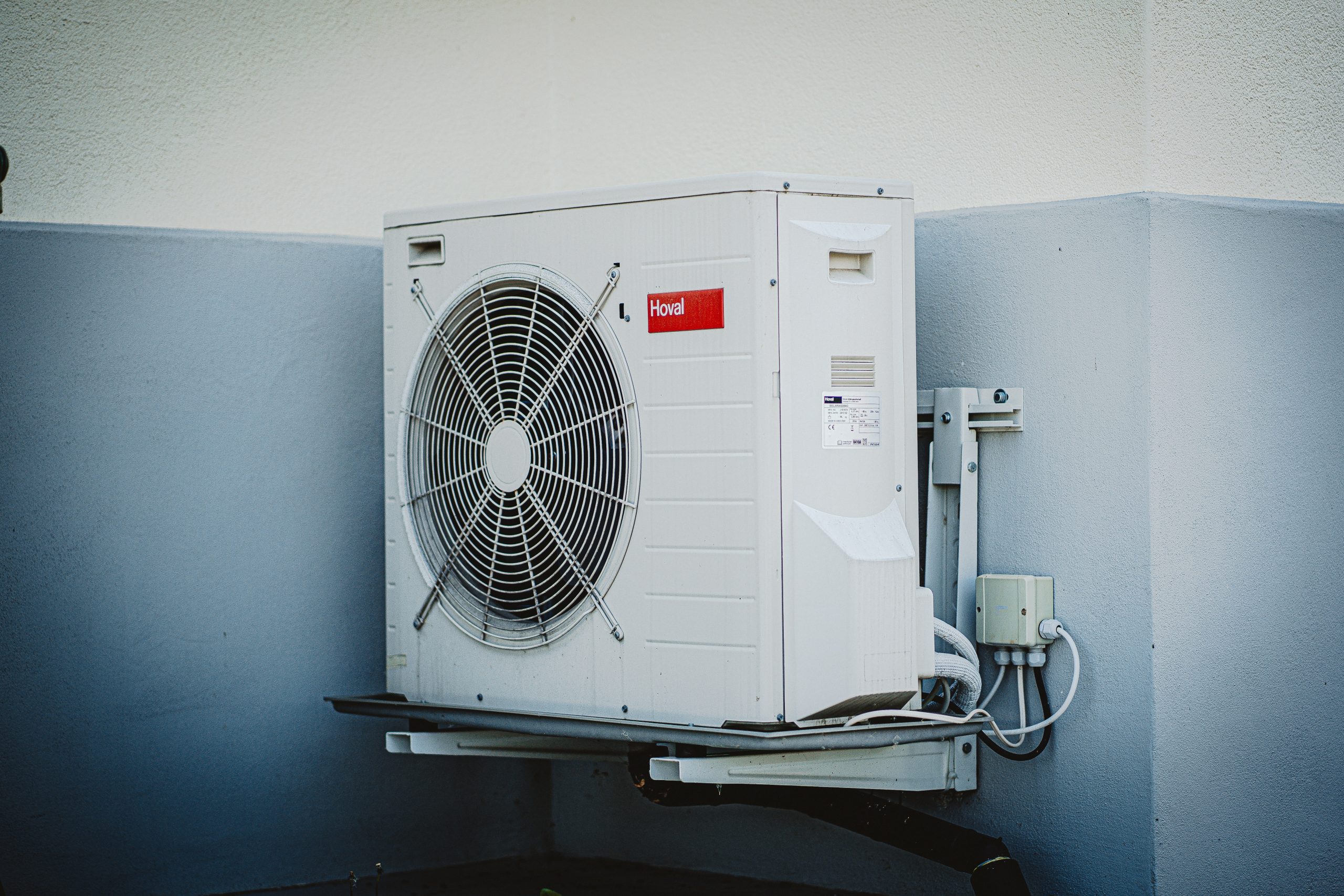 Air Movement
Air Movement Food Industry
Food Industry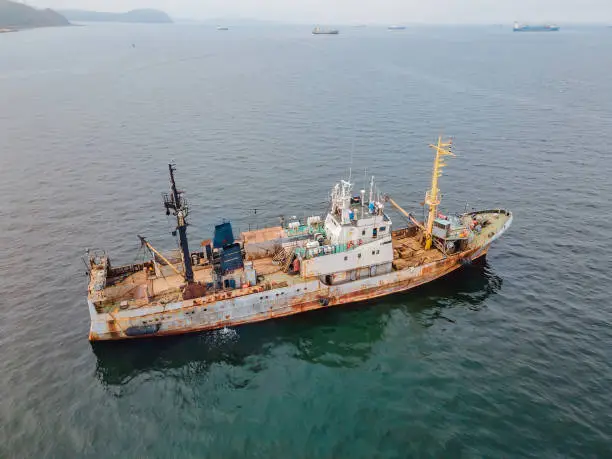 Marine
Marine Medical and Cryogenic
Medical and Cryogenic Playground
Playground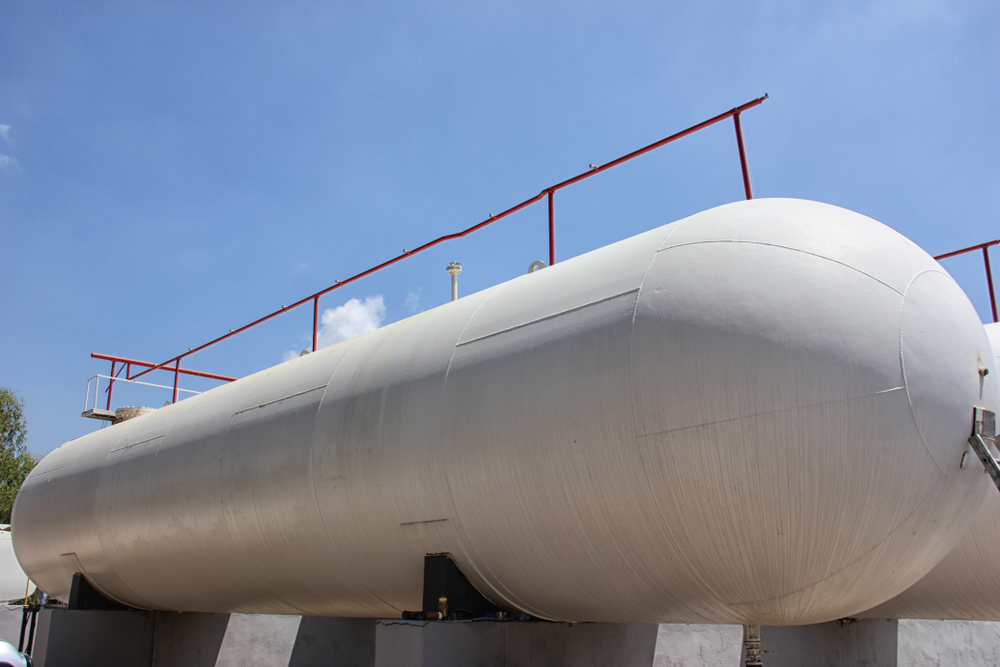 Pressure Vessels
Pressure Vessels Renewable Energy
Renewable Energy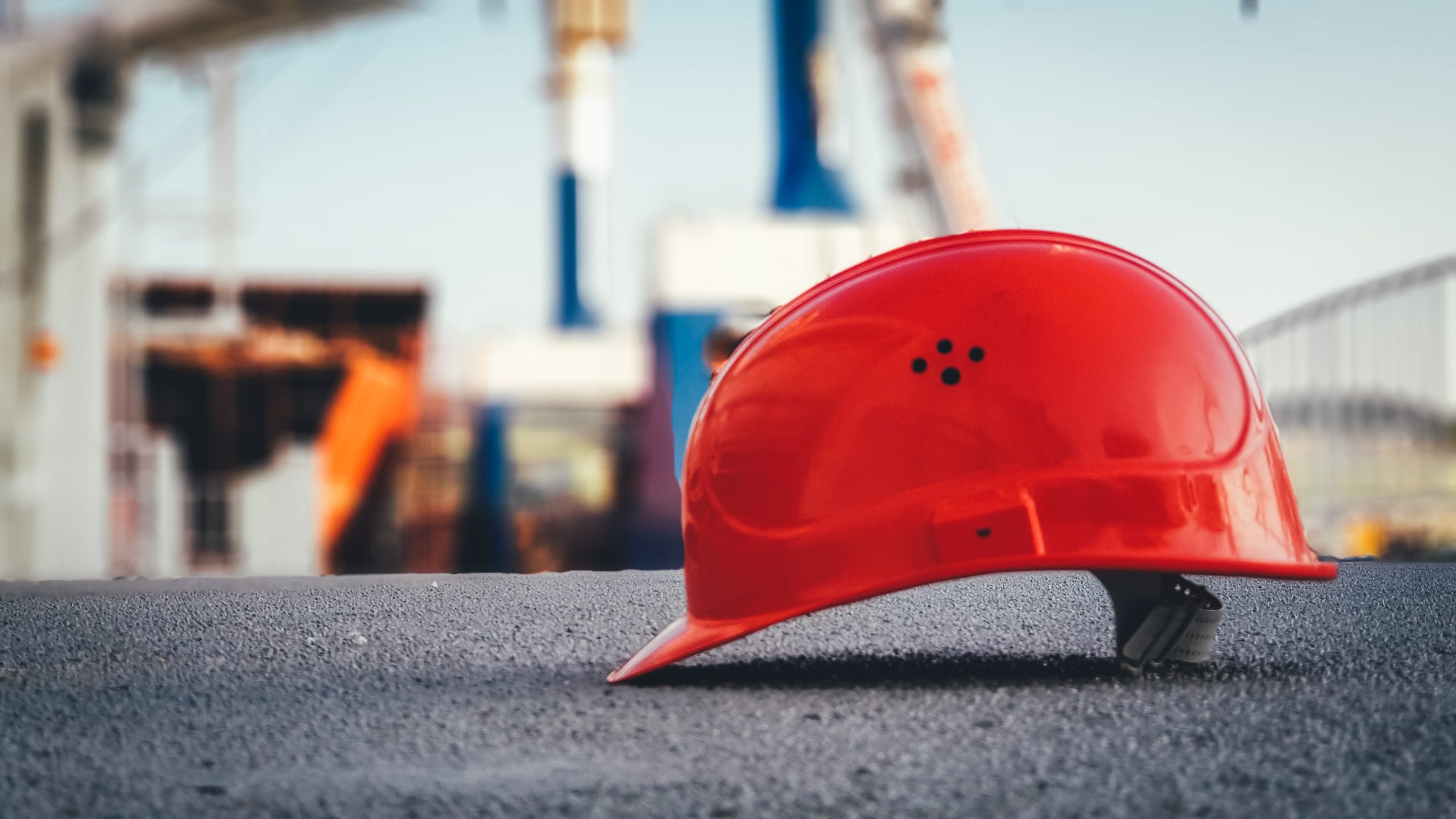 Safety
Safety